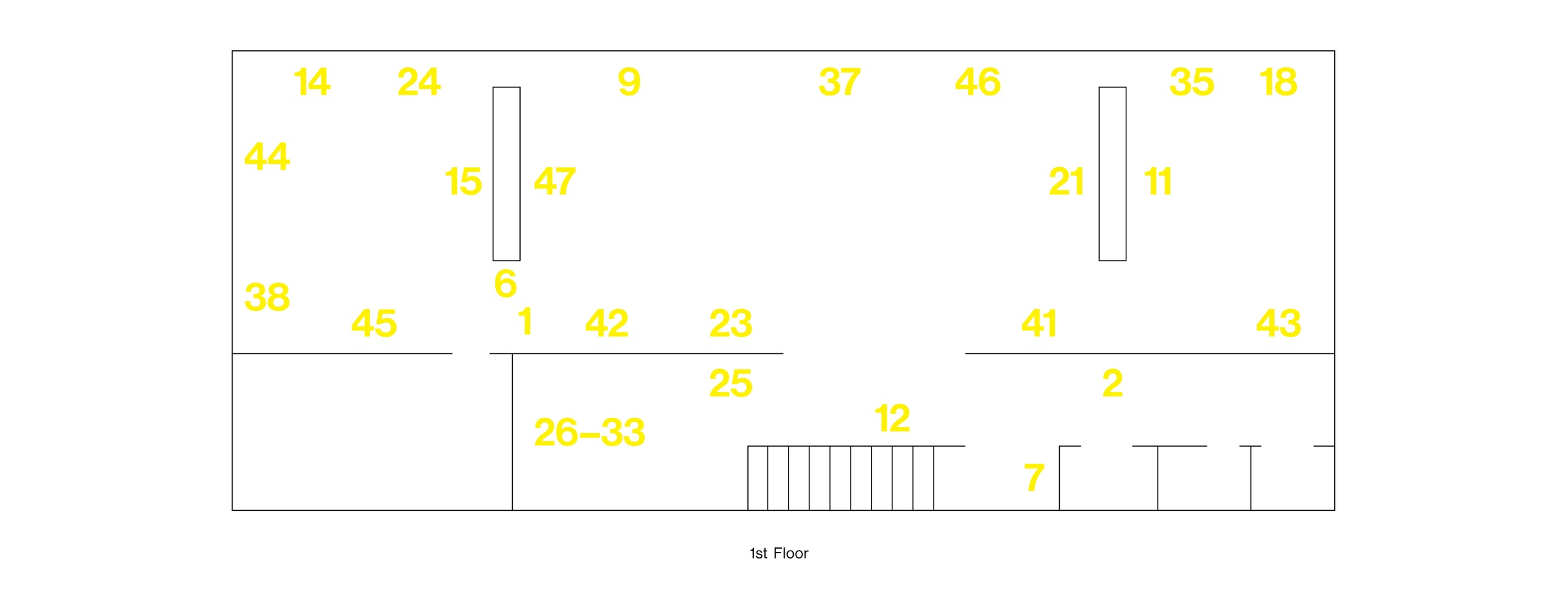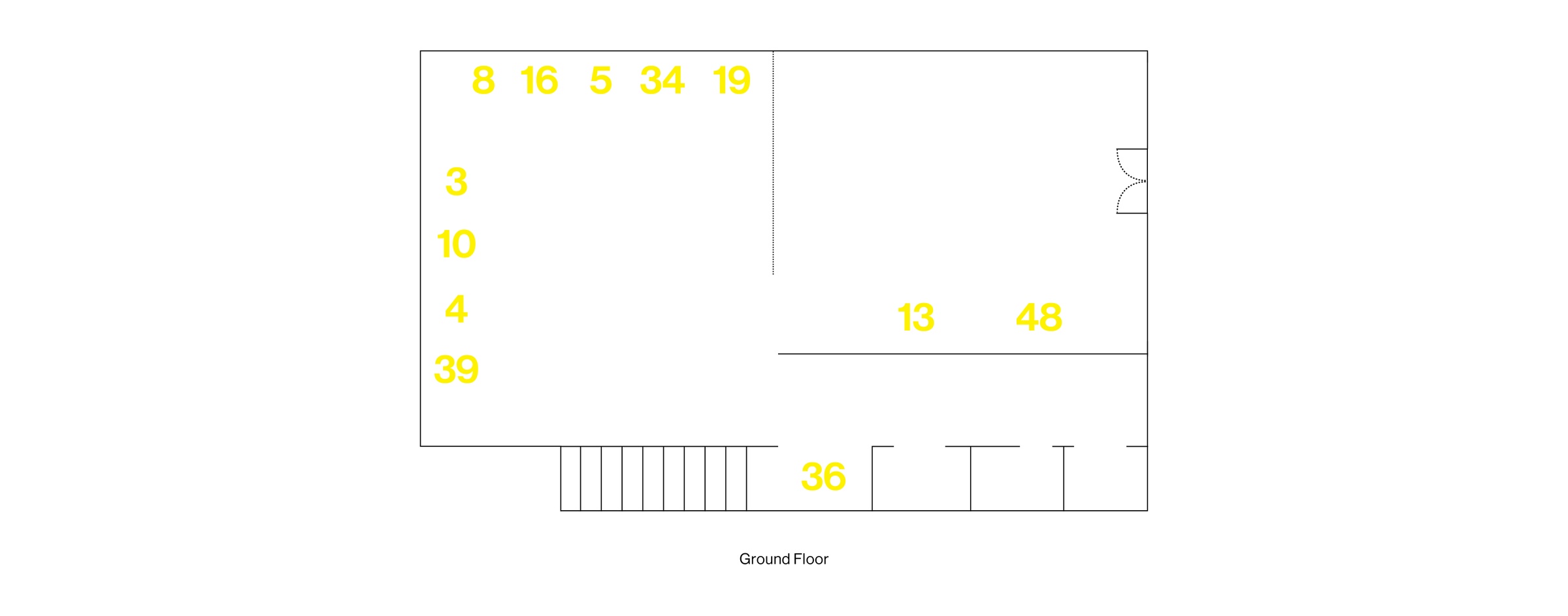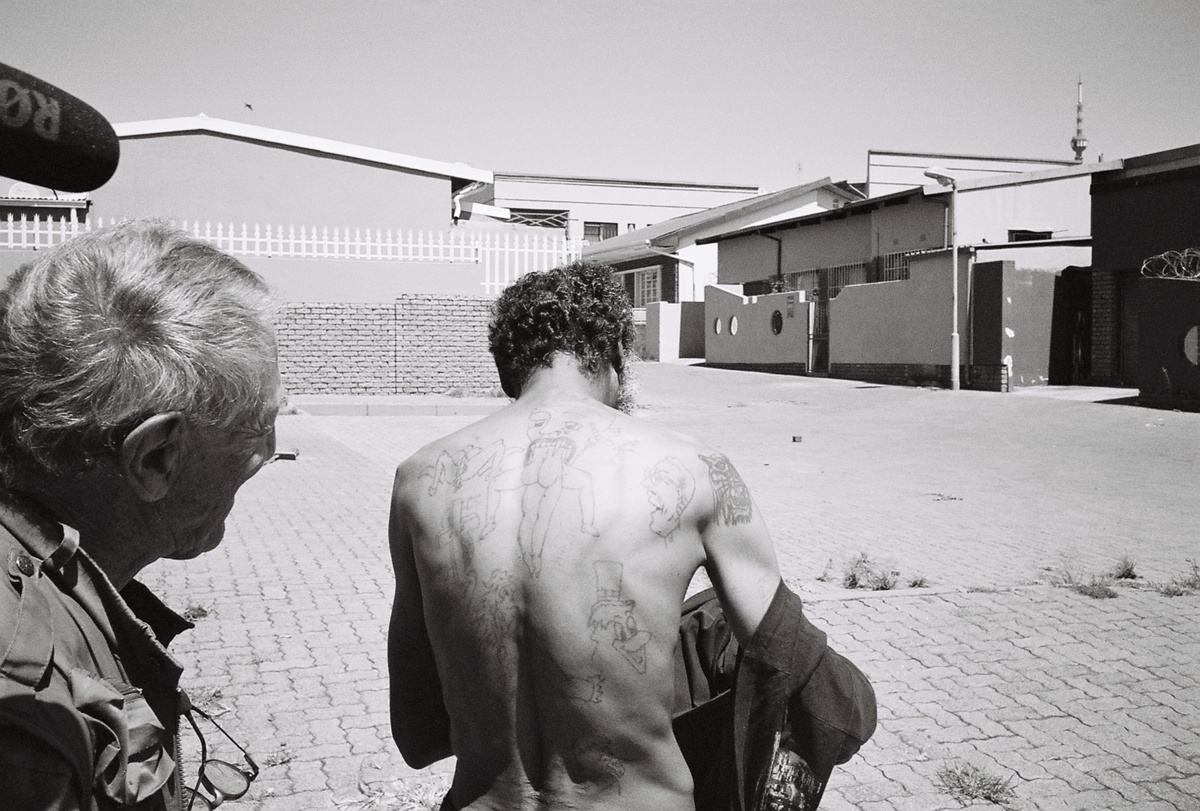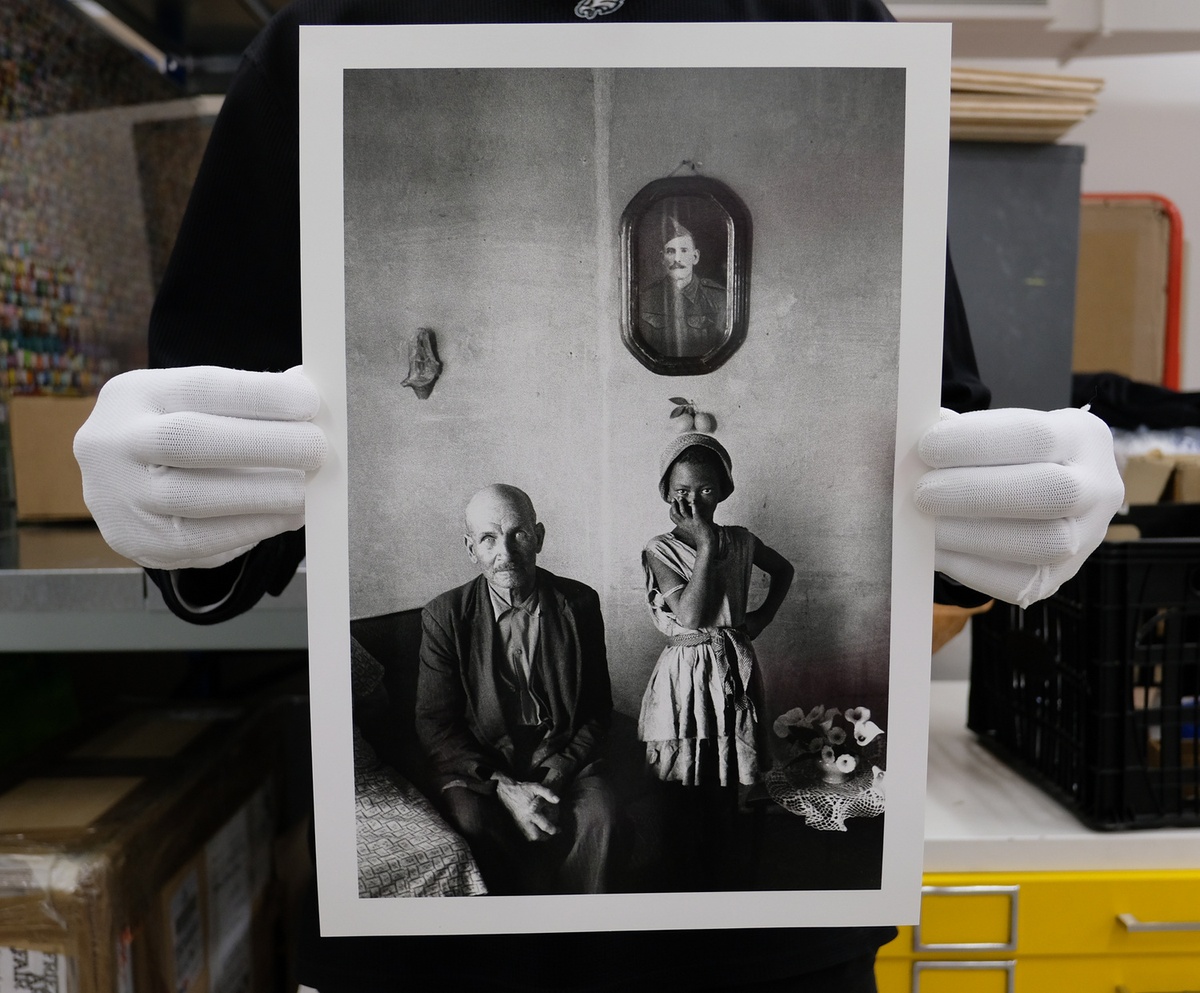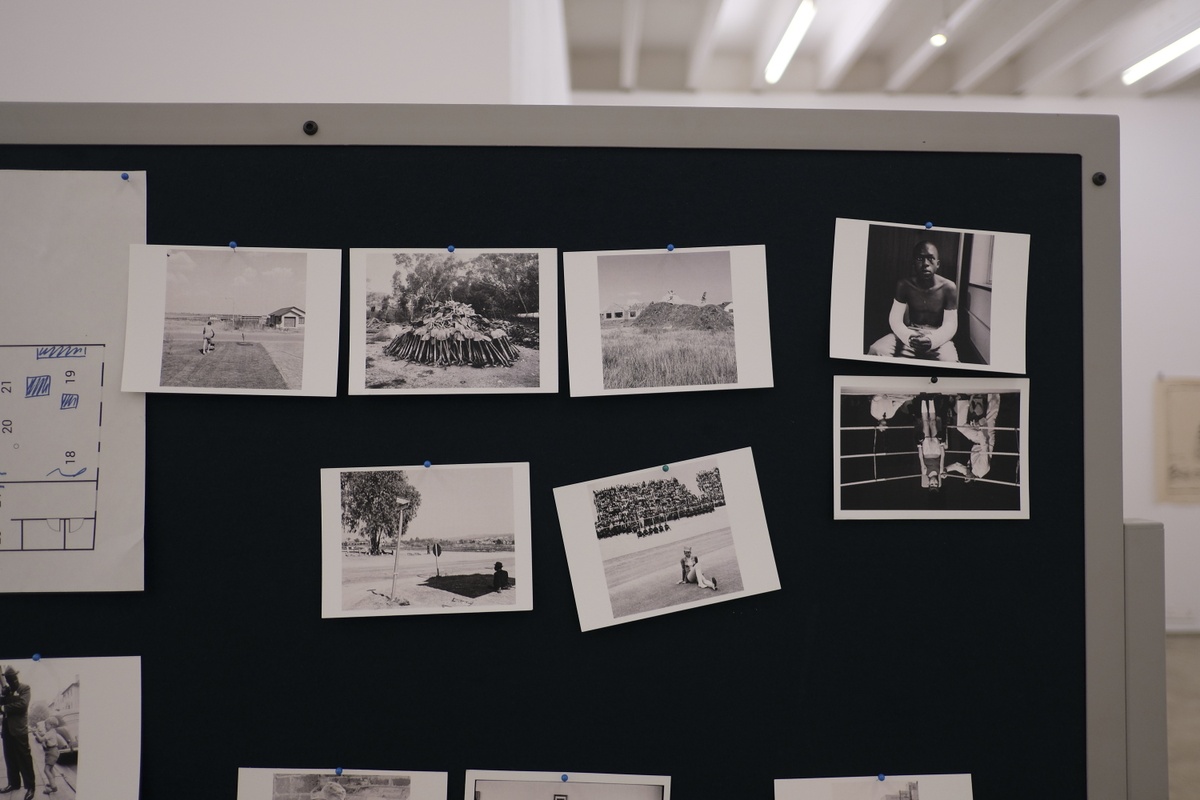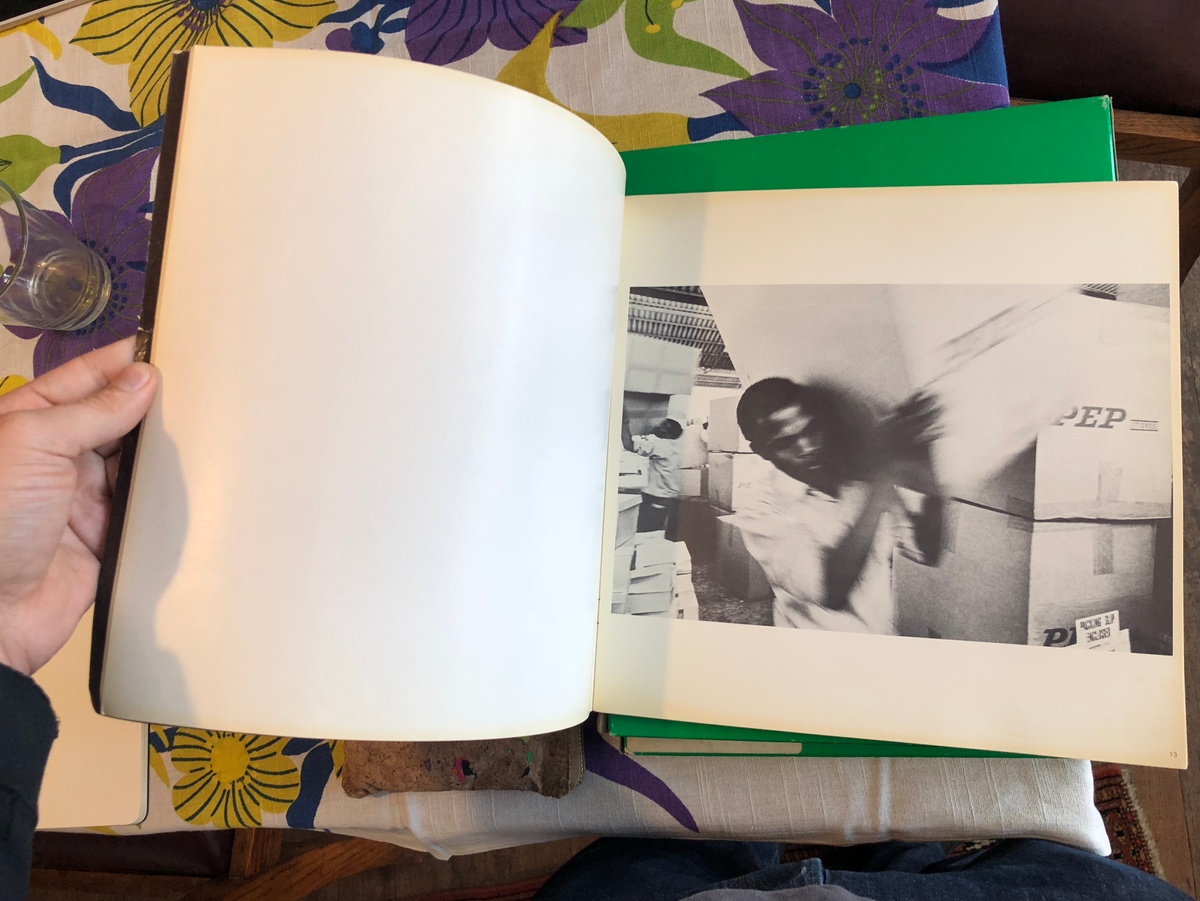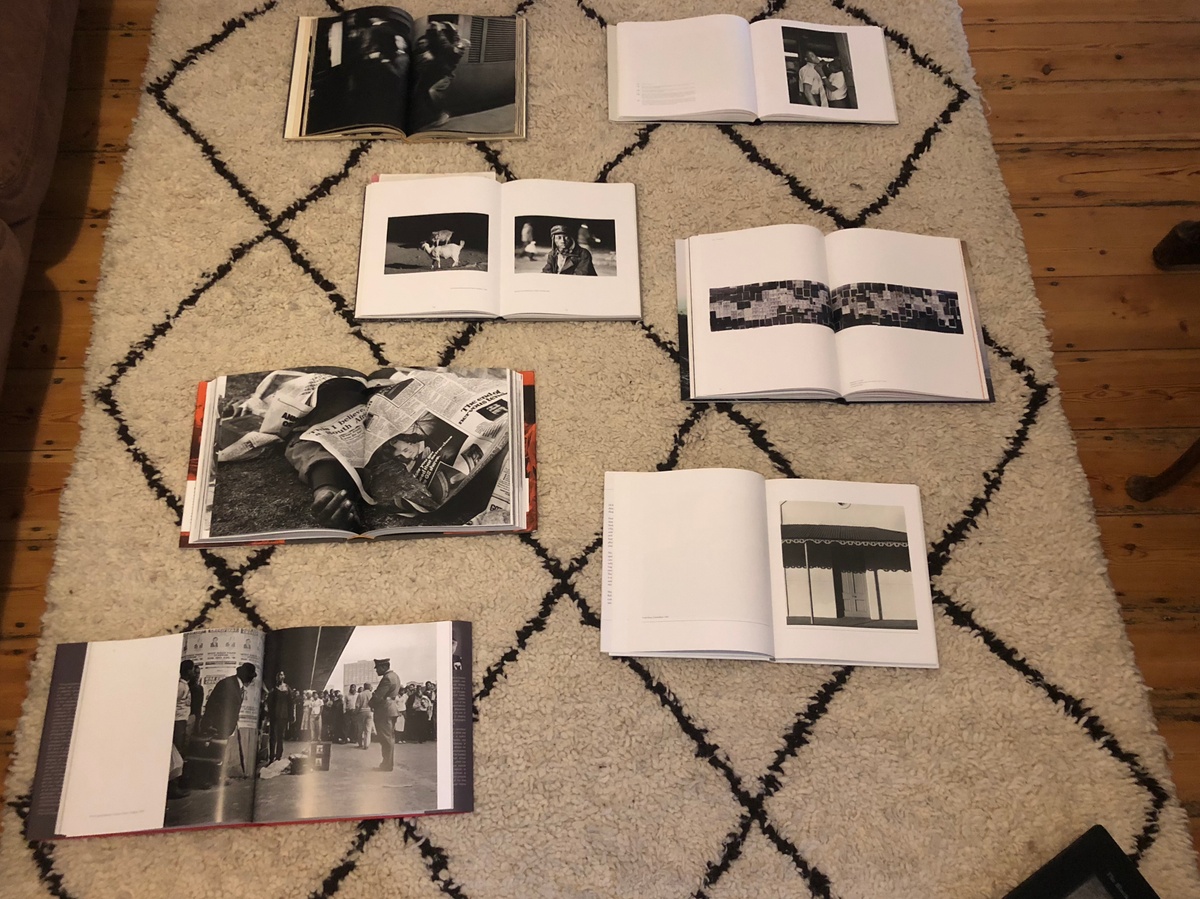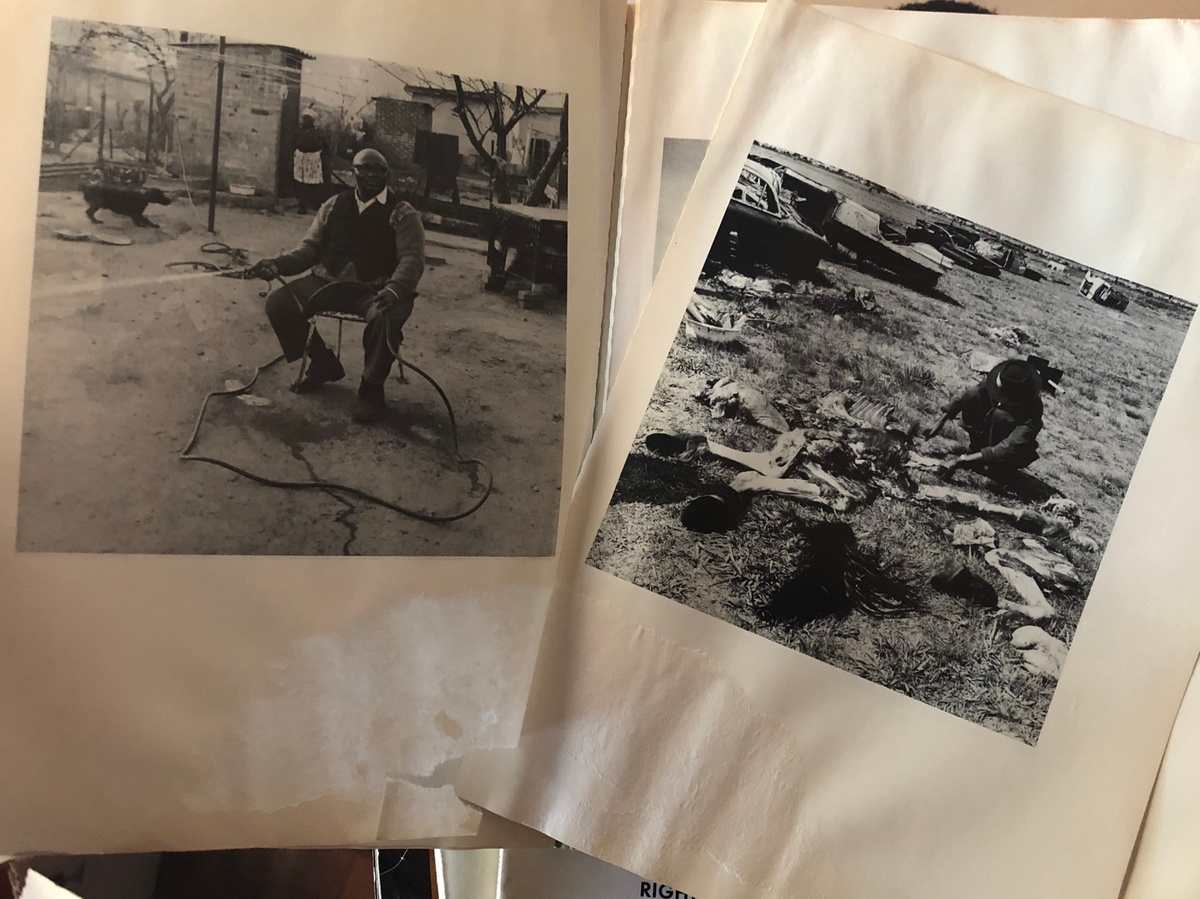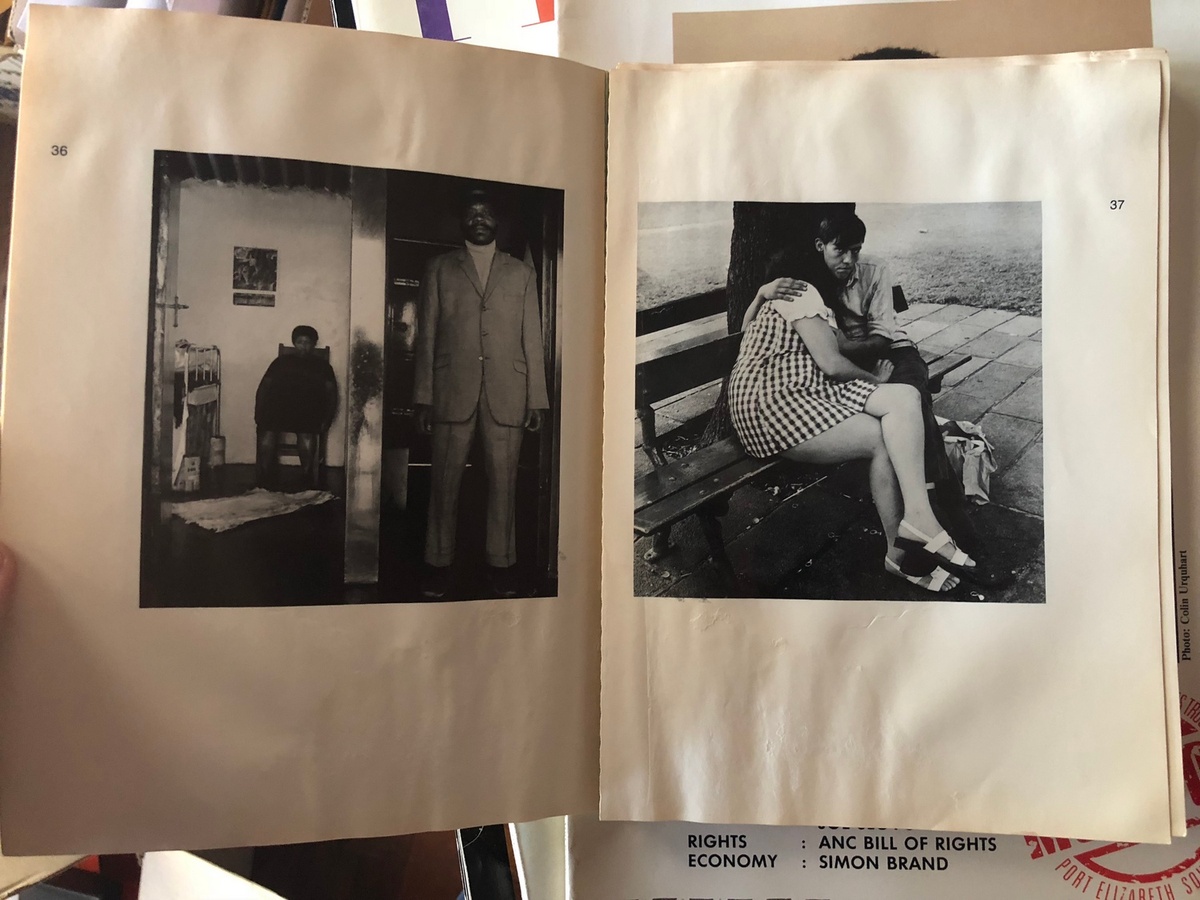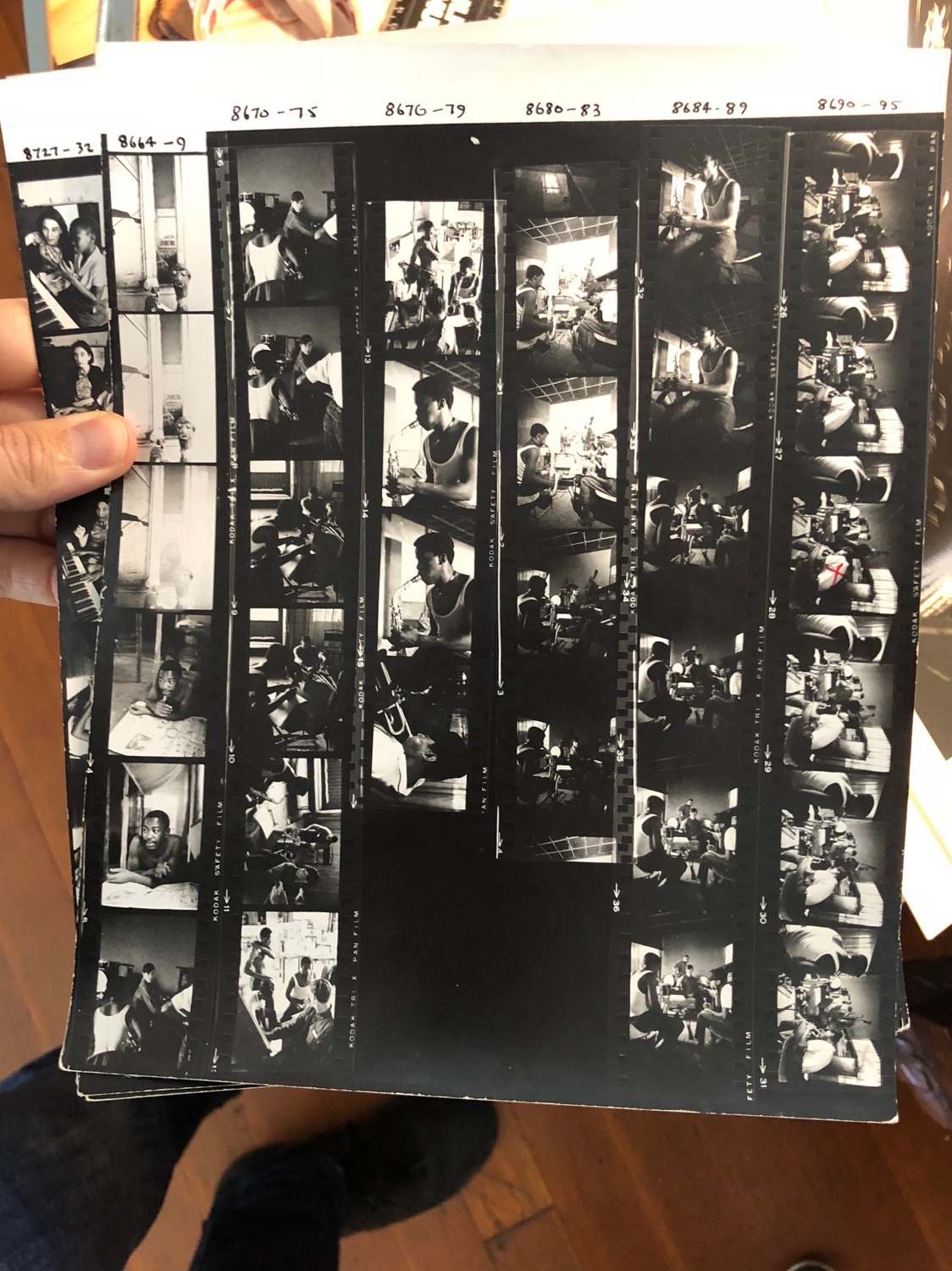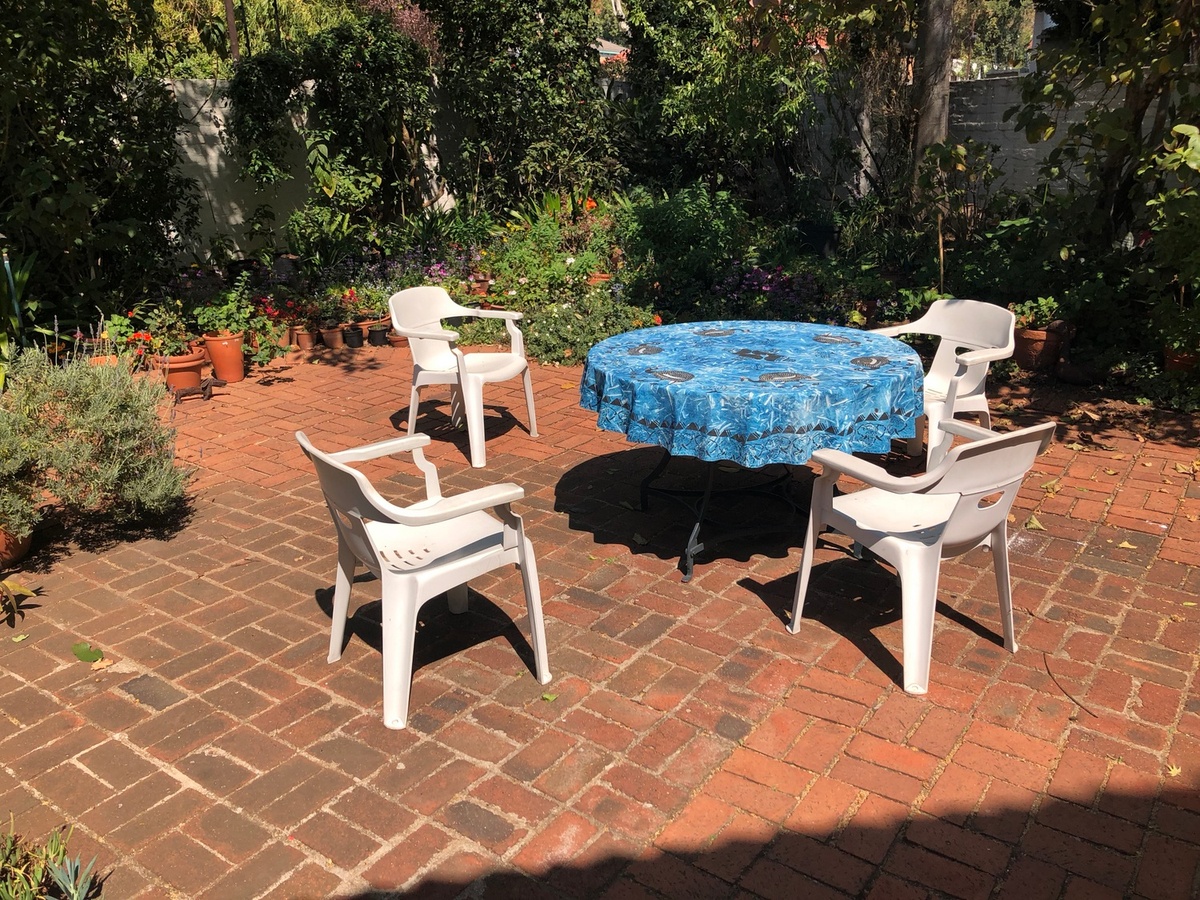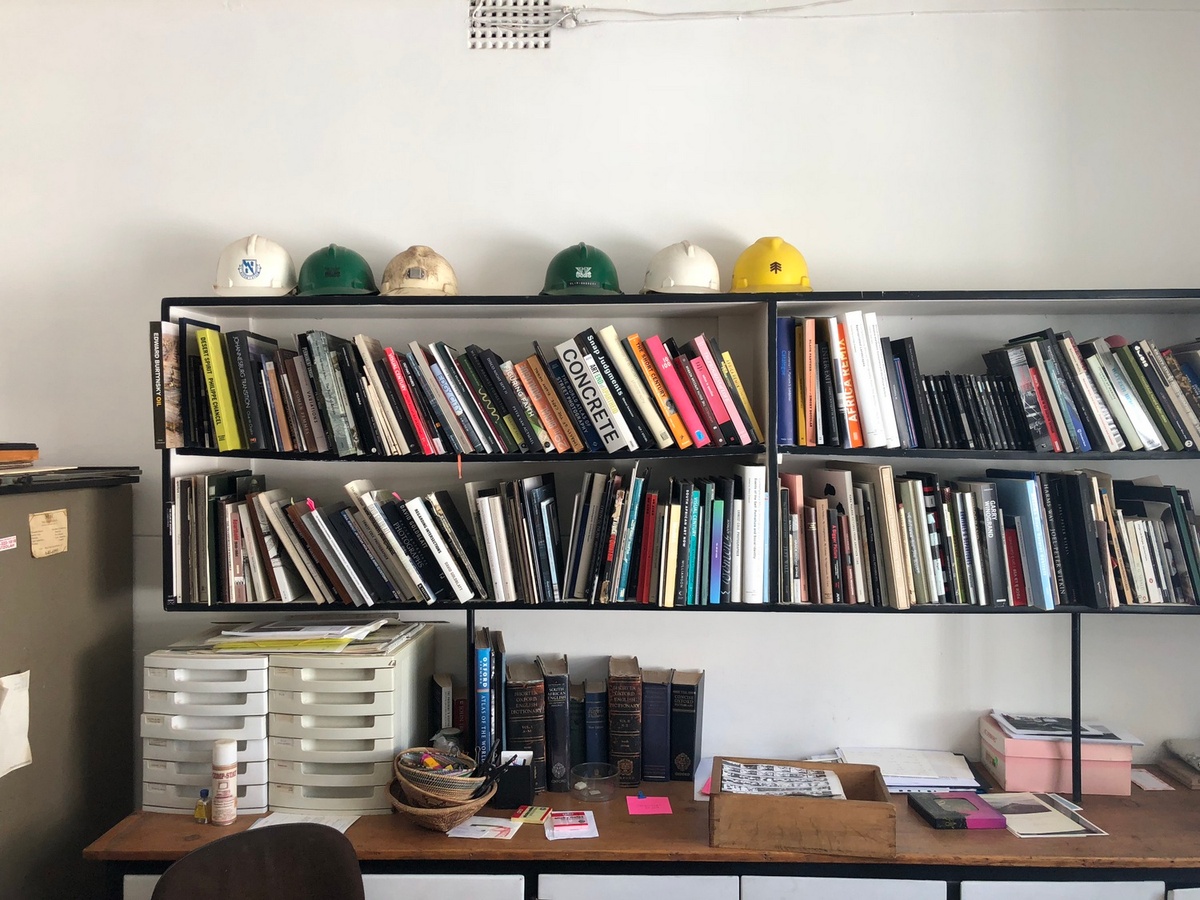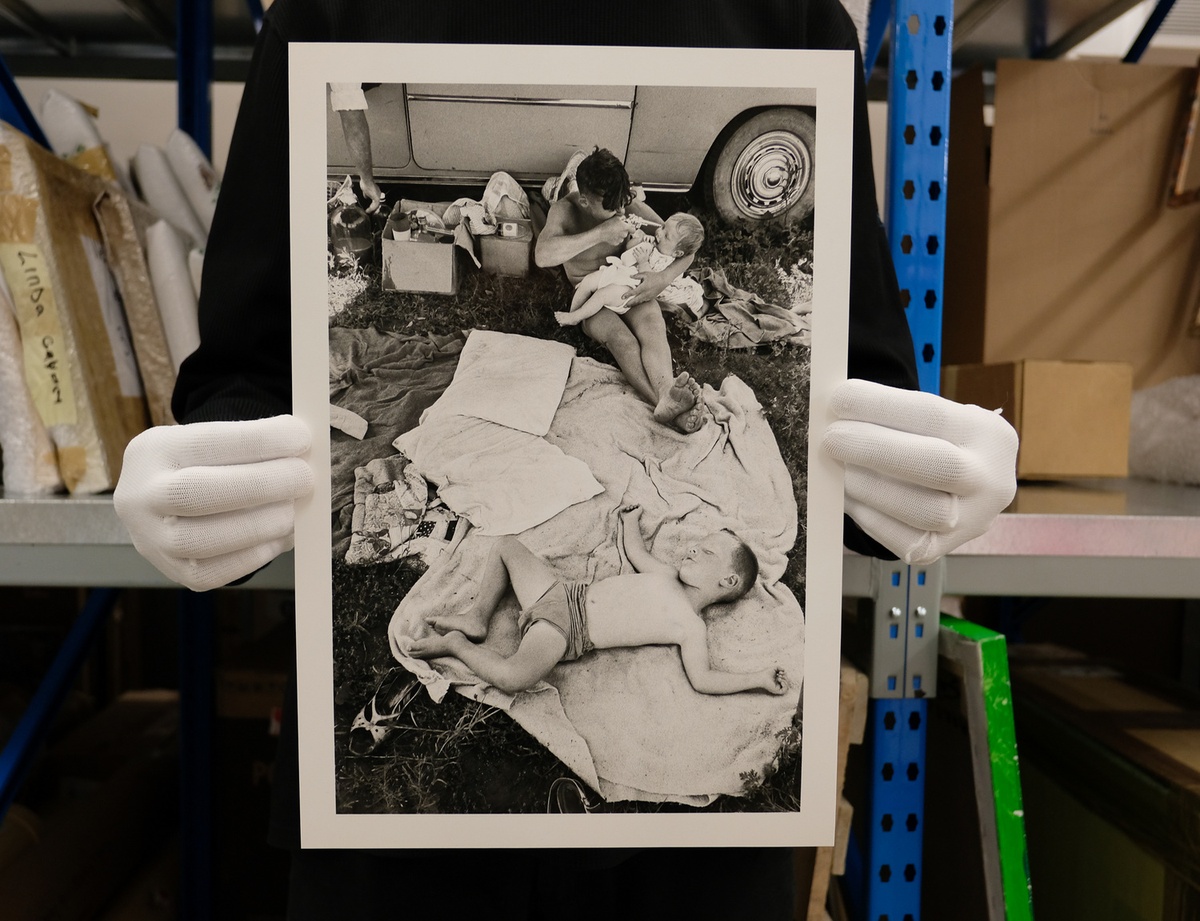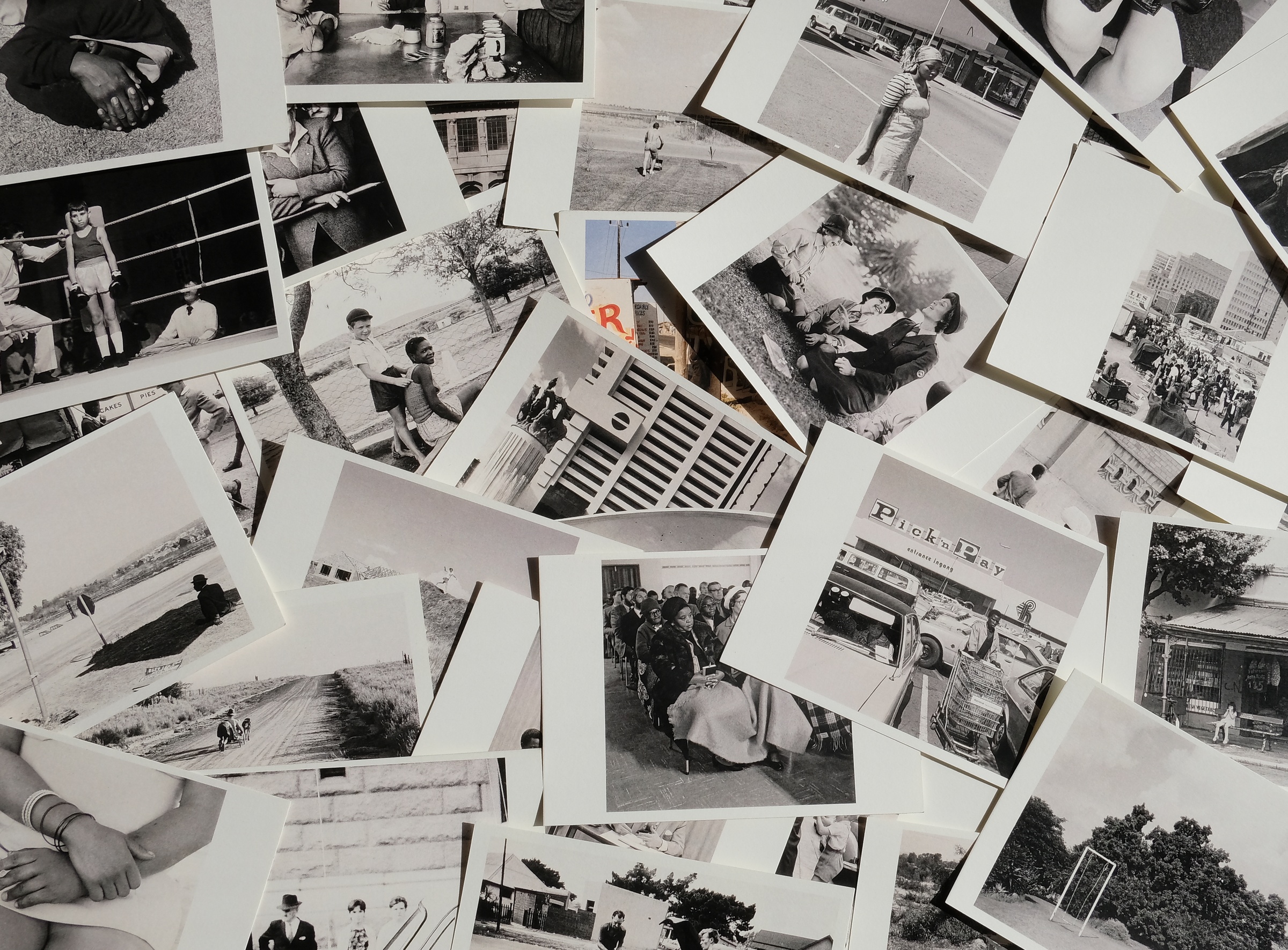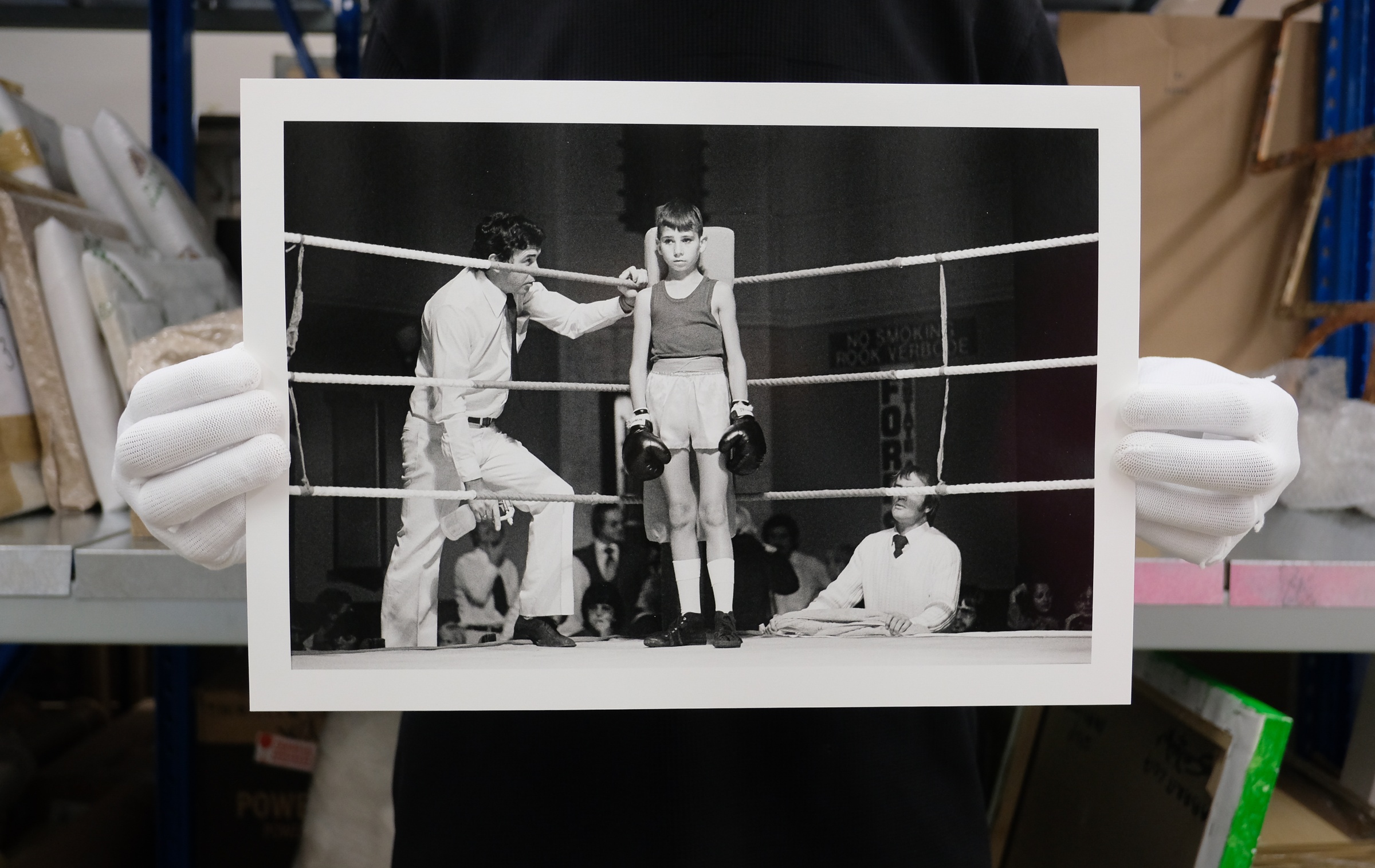
Coordinators:
heeten bhagat
Lian Anstey
Paulos Eshetu
Installation:
Kyle Morland
Communications:
Anthea Buys
Index and communication design:
Bad Paper
Photographic documentation:
Kyle Morland
Exhibition construction:
Sets & Devices
Special thanks:
Lily, Brenda, Ronnie and Steven Goldblatt
Michael Stevenson
Joost Bosland
Jared Ginsburg
Kyle Morland
Picture Theory is an interaction with the work of David Goldblatt comprised of an exhibition of prints, the documentary film Goldblatt (2017) directed by Daniel Zimbler, and a reading room.
"In 2015, director Daniel Zimbler and I set out to make a film about David Goldblatt (1930–2018) that could offer an intimate view into his practice. David worked for more than six decades as a social cartographer, mapping South African life through photography.
It was a daunting task, to represent a master of the lens, through the lens. But David softened that challenge. He was remarkably generous with his time and thoughts, offering complete on-the-record access, staying clear of editorial influence and retaining an indifference toward the film’s form. He was an ideal subject.
During our time with him – whether in his home in Joburg, in the Karoo in search of a picture, in his camper somewhere on the N1, or installing an exhibition – our aim was to find the impetus behind his projects, the pressures that shaped them and the idiosyncrasies of his various processes.
We also wanted to know what was missing: What were the photographs he had not yet taken? What did he still wish to accomplish? What was desired relative to what was demanded?
David’s recent passing brings these questions to the fore in a different way. Rather than asking what is missing, perhaps more pertinent is asking what have we missed? What were we not able to see that has become visible? What new learnings are possible now that his archive is complete?
This exhibition deviates from the convention of presenting David's images bound by their original essays. Rather, the show uncouples images from their chronological and contextual sources and seeks unexpected relationships across decades and series.
David spoke regularly of his desire to 'have new eyes' – to see beyond the bounds of his accrued knowledge and experience. Picture Theory is an attempt to bring 'new eyes' to Goldblatt’s oeuvre; offering space to wander through the photographs, as one would a landscape, seeking out resonances that might compel one to stop, to 'make a picture'.
I’m not sure what David would say about this experiment. I hope it would be something similar to his remark following the premier screening of the film, 'I don’t not like it'."
– Josh Ginsburg
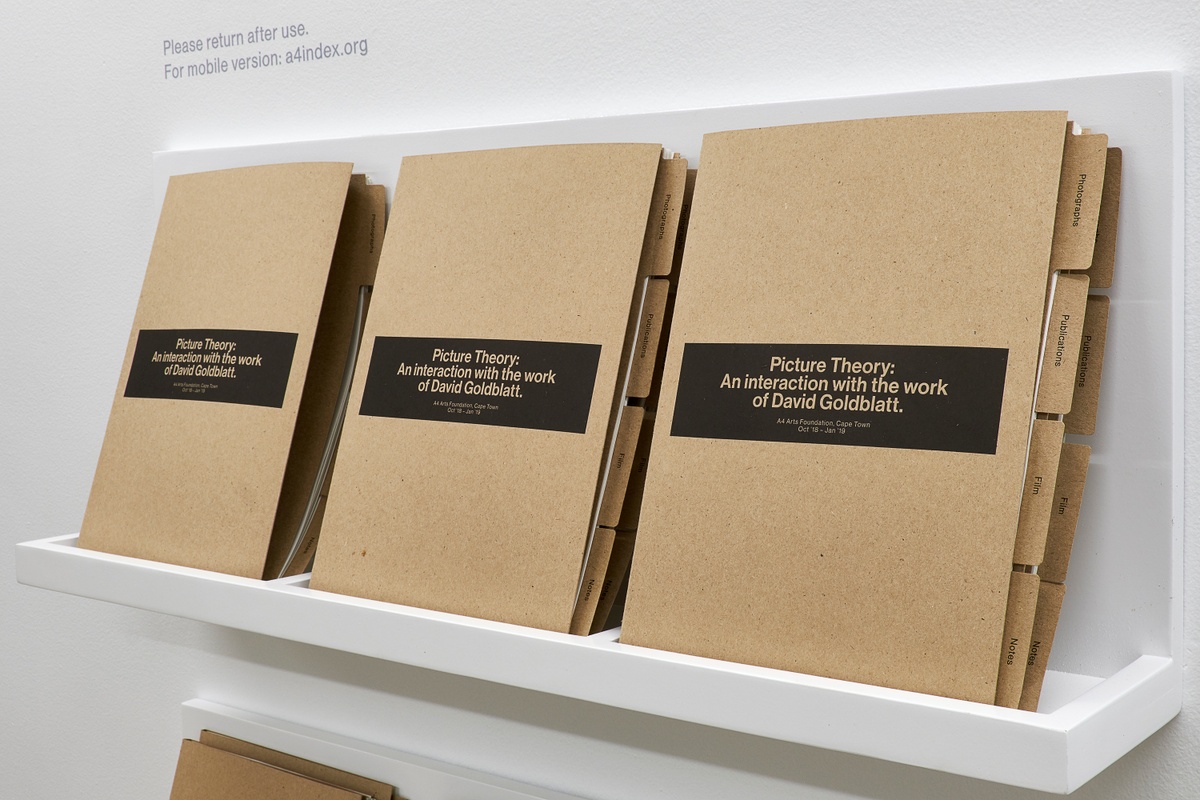

For this exhibition, Qasim adapted the score into a soundscape intended to accompany navigation of the exhibition.
The piece is a 15 minute loop with no defined beginning or end.
Qasim Naqvi is a drummer, composer, and member of the group Dawn of Midi. Qasim writes chamber and electronic music in Brooklyn, New York and works on a variety of projects as a freelance composer and drummer. He is represented by Erased Tapes Publishing.
